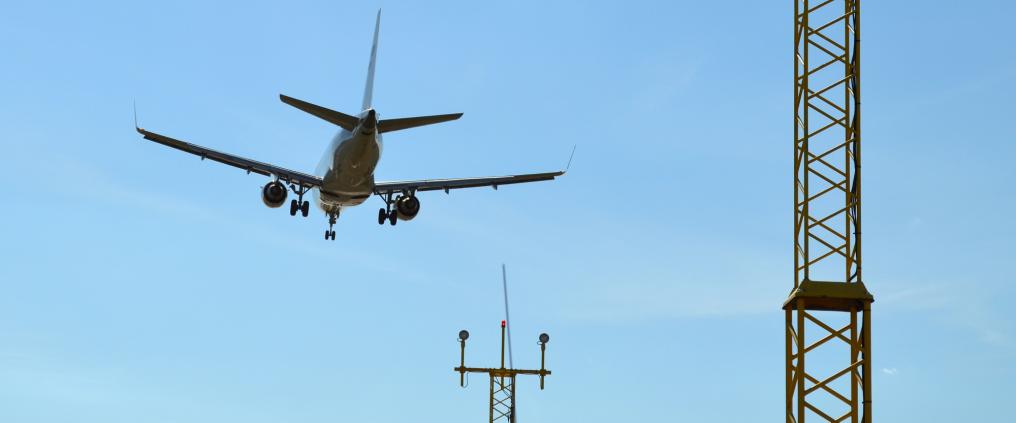In 2013, Finavia airports had 19,012,375 passengers (19,179,624 in 2012). Of these, domestic passengers accounted for 26% and international passengers for 74%. In Q4 of 2013, the total number of passengers was 4,640,348 (4,545,894 in October–December 2012). The increase compared to October–December 2012 was 2.1%.
Continuing decline in domestic passenger volumes
In 2013, the domestic passenger volume decreased by 10.3%, and the number of passengers was 4.9 million (5.4). In Q4, the domestic passenger volume decreased by 1.2% compared to Q4 of 2012. Christmas traffic evened out the decrease at the end of the year.
"Decrease in domestic passenger volume is a consequence of the economic recession, transition in air traffic and the increasing attractiveness of other forms of travel. Competitiveness of air traffic is at its best especially over long distances in Finland, which is evident in the passenger volume development of the last year," says Joni Sundelin, Senior Vice President in charge of sales and marketing at Finavia.
Among the network airports, the passenger volumes increased the best in Rovaniemi (+5.8%) and Lappeenranta (+4.8%). In the tourist airports of Lapland (Ivalo, Enontekiö, Kemi-Tornio, Kuusamo, Rovaniemi and Kittilä), the development has been overall positive and the number of international passengers in Lapland continued to increase by 6.7% over the previous year. On the other hand, domestic traffic in the tourist airports decreased by 4.5%.
However, the majority of Finnish airports suffered from depletion of passengers. Last year, the passenger volumes decreased the most in Turku (-28.7%), Pori (-25.7%), Jyväskylä (-22.5%), Kokkola-Pietarsaari (-20.8%), Oulu (-18.7%) and Tampere (-18.2%)
"Airlines react more quickly to decrease of demand in air traffic and the routes are not sustainable if the occupancy rates of flights are not sufficient. An efficient airport cannot alone maintain flight connections, if genuine demand for air travel is missing. This explains the decreasing traffic in many airports," says Sundelin.
International air traffic increased slightly
The passenger volume in international air traffic increased by 2.8% in 2013 and amounted to 14.1 million (13.7). The number of passengers on flights between Finland and the continental Europe increased slightly to 11.8 million (11.5) passengers. The passenger volume to countries outside Europe was 2.3 million (2.2).
The passenger volume of international air traffic in October–December was 3.4 million. There was an increase of 3.3 % compared to the same period in 2011.
Transit traffic at Helsinki Airport is increasing strongly
The overall passenger volume of Helsinki Airport increased by 2.8% from the previous year and for the first time exceeded 15 million passengers in the end of December.
The number of international passengers increased by 5.6%, but the number of domestic passengers decreased by almost 10%.
In October–December, 3.6 million passengers passed through Helsinki Airport. The increase compared to the same period in 2012 was 3.9%
The number of transit passengers at Helsinki Airport increased by 5.8% from the previous year and was 2.4 million (2.2). Helsinki Airport's Asian traffic continued to grow in 2013, and the total passenger volume of Asian flights in 2013 was1.86 million (1.77). The growth compared to the same period in 2012 was 5.0 %.
"The Asian passenger volume has continued to grow steadily despite the weakened economic situation and the status of Helsinki Airport as an excellent transit airport has strengthened further. Future investments in increasing transit traffic capacity and making the service chain smoother will enable the consolidation of Finland's position in international air traffic. Increasing transit traffic also improves Finns' connections to the rest of the world and may generate new potential demand for domestic routes," says Sundelin.
More efficient air traffic
The number of commercial aviation landings decreased to 116,987 operations last year, which is 6.0% less than in 2012. The passenger volume has not decreased in proportion to the number of landed aircraft, which means that air traffic is more efficient than before due to high aircraft occupancy rates and larger aircraft size



